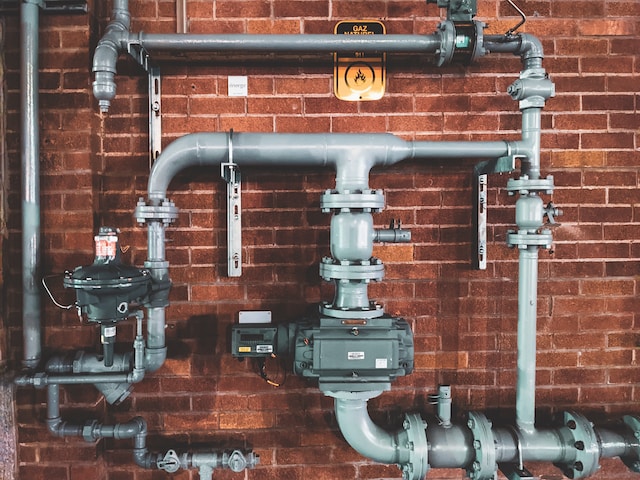A little preventative maintenance can save homeowners a lot of stress, money and headaches. Keep these Plumbing Heating And Cooling Repair Tips in mind to avoid problems down the road.
If you notice a leaky pipe, first turn off your water supply by turning the valve at your home’s meter or where your pipes enter your house. Then, locate and find the source of the leak.
1. Look for Leaks
The average home’s plumbing system works well enough that you hardly think about it, but the pipes can get damaged. Even a small leak can waste up to eight gallons of water each day. That’s an enormous amount of money wasted and the waste can cause damage to the structure of your house. The first signs of a leak are usually water stains on the ceiling or walls. Taking the time to look for those can save you from a lot of stress and repair costs down the line.
You can also check for hidden leaks by reading your water meter before and after a two-hour period of no water use. If the reading changes, that indicates a leak in your plumbing system. You can also use a listening device to hear running water, but you need to know where the sound is coming from in order to find it. A musty odor can indicate that there is a leak in your plumbing system as well.
If you have a leak, turn off the water supply to that fixture or area by turning off the water valves, either at the fixture or at your main water valve. Then, you will want to clean up any water that has pooled to prevent rot and mold. It is important to disinfect any areas that have a leak because of the risk of germs, and it is a good idea to wash rugs and other linens that may be affected.
If you are going to do a plumbing DIY project, make sure that the water pipe is turned off before beginning. It’s not uncommon for homeowners to puncture a pipe while doing a project, and that could lead to an expensive leak.
2. Insulate Your Pipes
Pipes that are exposed to freezing temperatures have a much greater chance of bursting. Frozen pipes can result in massive water damage to your home, furniture, rugs and more. It’s important to have your plumbing insulated before winter to prevent this from happening.
The best way to insulate your pipes is by using foam insulation. You can purchase this at most hardware stores in pre-slit lengths that fit most piping. Wrap the insulation around the pipes, and make sure to use duct tape to secure it. In addition, you should also insulate any exposed exterior pipes. This process can be a bit tricky, but if you do it correctly, it will help prevent frozen pipes.
Other plumbing heating and cooling repair tips to avoid frozen pipes include letting faucets drip a little. This subtle movement of water helps to warm the pipes, making it harder for them to freeze. You should also open the cabinet doors under your sinks to allow for warmer air to reach the pipes there. If you have a space heater, you can place it in close proximity to any uninsulated pipes. This will warm the surrounding area and prevent freezing.
You should also check to see if you have any leaks in your home that could let cold air in. You should insulate any leaky areas of your house, such as electrical wiring, dryer vents and the gaps around doors and windows. Even a teeny crack can allow cold air to seep in, and this will increase the likelihood that your pipes will freeze.
It’s also a good idea to have your water heater flushed before winter arrives. This will help your water heater work more efficiently and ensure that your showers will be hot all season long. This will save you money on your energy bills as well. It’s a small investment that can pay off big time in the long run! You should also drain and disconnect your garden hoses to avoid leftover water from causing frozen hose pipes. Make sure to drain all of the water from your hoses, and make sure to store them properly for the winter.
3. Check Your Thermostat
If your system is working properly, it should turn itself on in the morning before you wake up and turn off at night when you’re asleep. But if your thermostat isn’t responding, it can cause uncomfortable temperatures throughout your home.
The easiest solution is to check your thermostat’s batteries and settings, replacing them if necessary. Avoid overriding preprogrammed settings as much as possible, and when you must change the temperature, only do it by one or two degrees. Cranking up the heat won’t warm your house any faster and only wastes energy when it exceeds your comfort level.
Also, take a look at your air vents and remove any obstructions that might be blocking their flow. The mild winter weather in Southern California allows dust to build up, so you’ll need to clean your vents before turning on your HVAC. The location of your thermostat can also affect its efficiency. If you have a newer model, consider moving it to a better location in your home. This will help to maximize its efficiency. Also, replace the filter on your AC unit to prevent debris and dirt from clogging it. A clogged filter can cause the unit to shut off when water overflows, leading to costly repairs.
